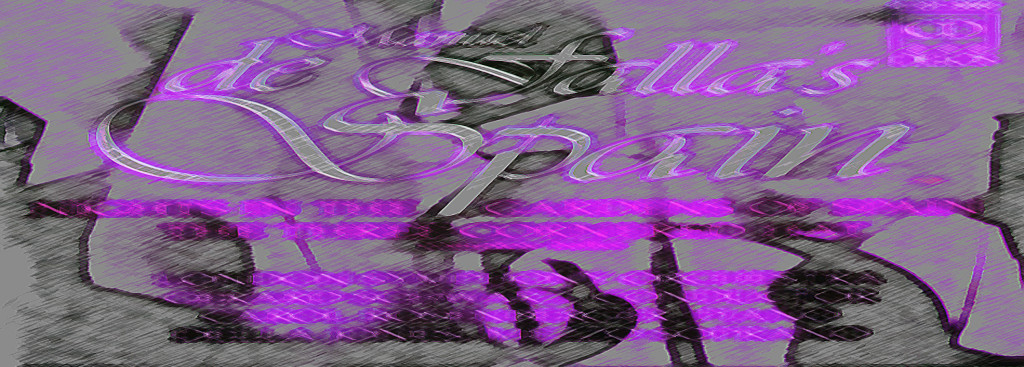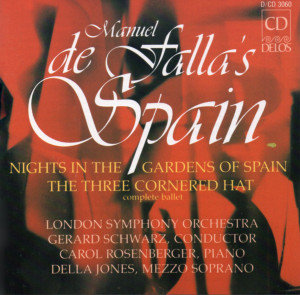Music has its roots in dance. Beats of the drum and voices of joy blend together to make an irresistible combination that strikes a primal spot inside us. When bodies and minds entrain through rhythm, it forms a deep social connection. Music has been used since prehistory to bind groups together. So, I guess, it’s only natural that I have a strong leaning towards dance music, any kind of dance music, percussion or instrumental, house or ballet. There’s no denying the etherial beauty of music without meter, the kind that induces meditative states. Neither can be denied the infectious aboriginal magic of a strong strapping rhythm.
The rhythmic character of Spanish and Latin-American music has a special appeal. Ginastera, Rodrigo, Revueltas have my admiration. Add to that list Manuel de Falla. These composers don’t get the attention others do, but that’s a wonder, because their music is, unlike much modern music, quite accessible melodically and especially rhythmically.
Of the two pieces on this CD, only one is a ballet, yet the rhythms of the Spanish corazón are unmistakable in both. The first piece was originally a set of nocturnes for solo piano. Albéniz, another prominent Catalan Spanish composer, recommended de Falla score it for orchestra. The advice was well taken. The result became Nights in the Gardens of Spain. Post-Impressionism, at its best, paints in daubs of musical colors. Those discrete colors combine to form a bigger picture. It’s a compositional trick that the mind instinctively stitches together to complete the image.
Nights in the Gardens of Spain, Distant Dance
The main piece, The Three-Cornered Hat, started life as a pantomime. As with Gardens, on the suggestion of Sergei Diaghilev, it was revised as a ballet. It’s easy to understand how pantomime could be transformed into dance, particularly after you hear the music.
Three-Cornered Hat, Final Dance
From the liner notes, “This recording was made using a combination of coincident cardioid and spaced omnidirectional microphones. The aim was to preserve natural spatial relationships, which we refer to as ‘imaging,’ while at the same time capturing a heightened sense of acoustic ambience. Secondary accent microphones were used, at low operating levels, to delineate subtle musical details.” So, this isn’t a pure stereo recording. Anyway, most recordings aren’t, not even classical recordings. I’m not sure, without a direct comparison, whether I could identify a two-microphone stereo recording from a well executed multi-microphone recording like this one. Are the “natural spatial relationships” and “subtle musical details” better than a simple, two-microphone recording? John Eargle, the recording’s engineer, thinks so. I’d really like to hear the same performance recorded both ways to compare for myself. Would I capitulate my opinion about true stereo recordings?
This review is short, and rather dry. You could interpret it as being less than enthusiastic about the music. True, I don’t feel like climbing a bell tower to shout out accolades. But I also find this music highly attractive, else I wouldn’t have bothered writing. The music of de Falla is catchy. And perhaps its easy, pleasant, likable qualities don’t spur great excitement. You know, we’re far too addicted to big fat in your face razzle dazzle. When given subtler music, it seems to pale. But I know years from now I’ll still be wanting to listen to this CD, while the hard hitters have long past worn out their welcome.
(||) Rating — Music : A ║ Performance : A ║ Recording : A ║ Manuel de Falla, Manuel de Falla’s Spain, Delos, 1987
![[art]by[odo]](https://artbyodo.net/wordpress/wp-content/uploads/2011/03/cropped-Header.jpg)

